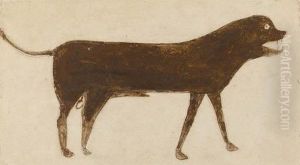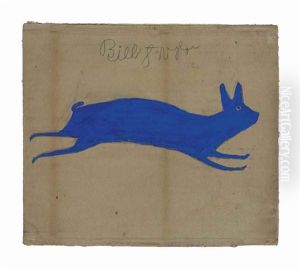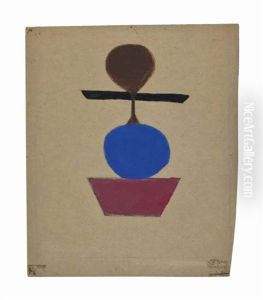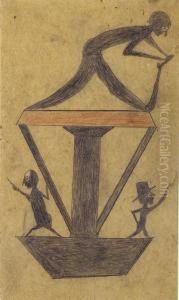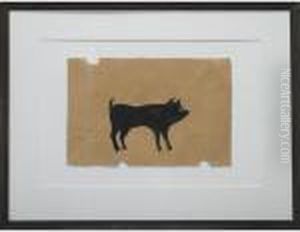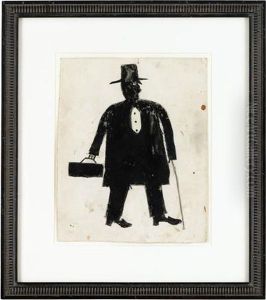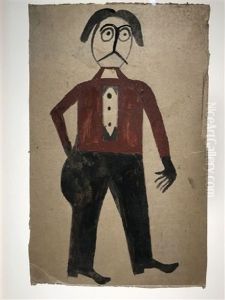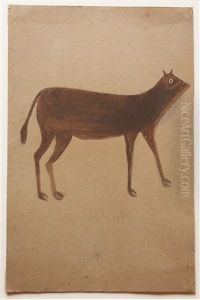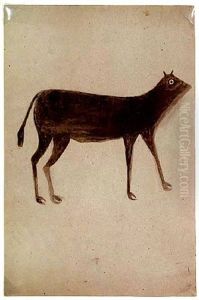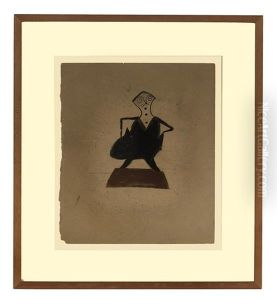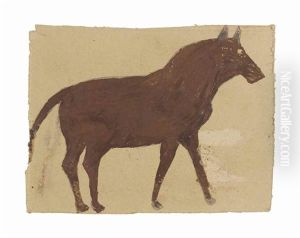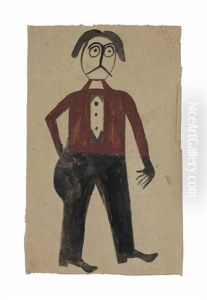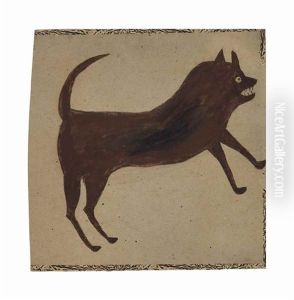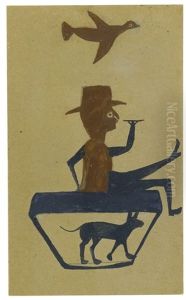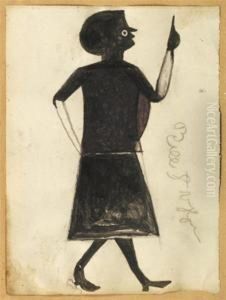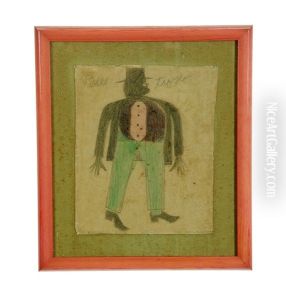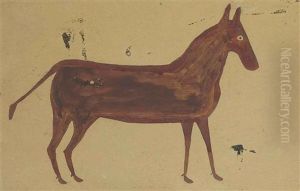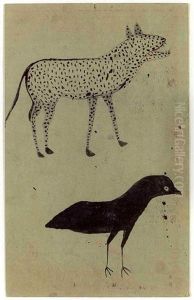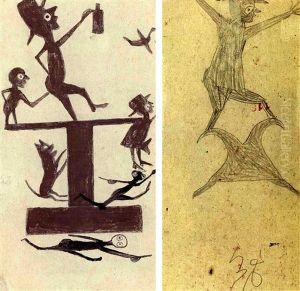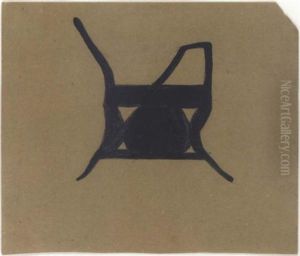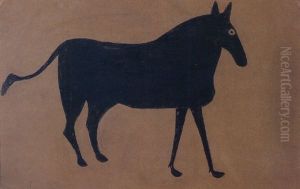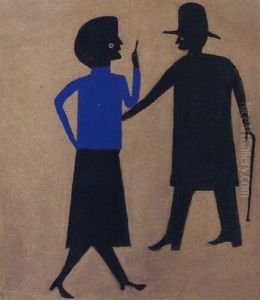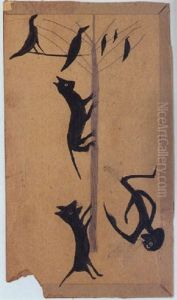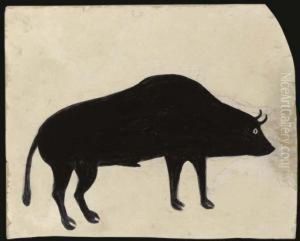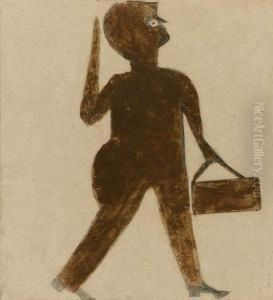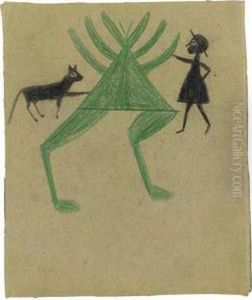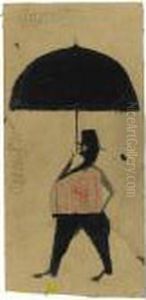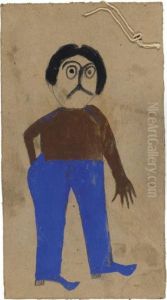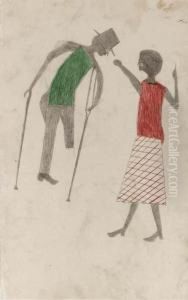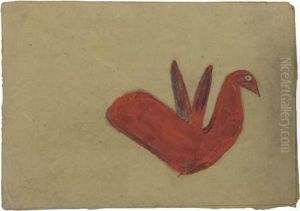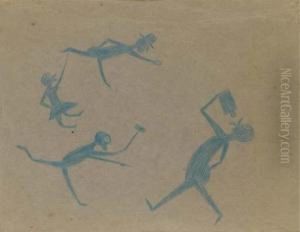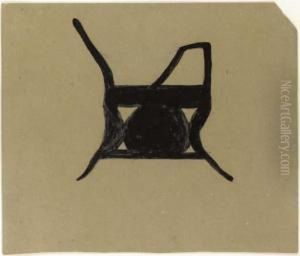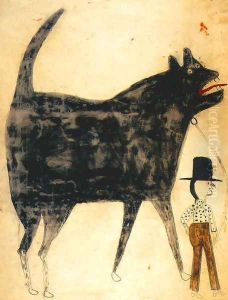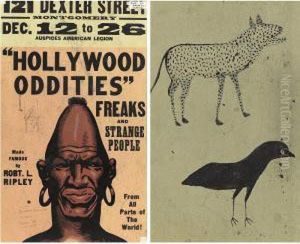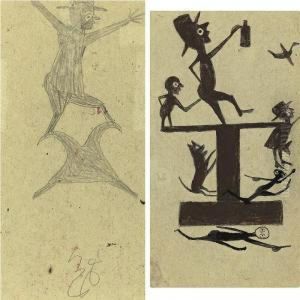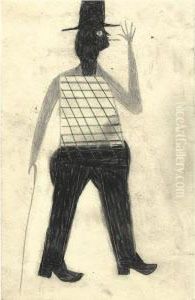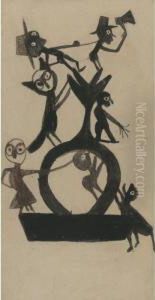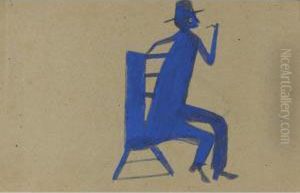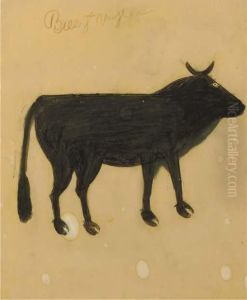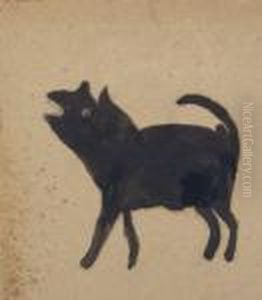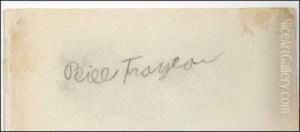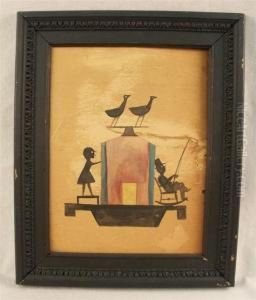Bill Traylor Paintings
Bill Traylor was born into slavery in 1853 on a plantation in Benton, Alabama. His life spanned a tumultuous period in American history, transitioning from the Civil War and Reconstruction era through to the dawn of the modern civil rights movement. Despite the significant barriers imposed by the Jim Crow laws of the post-Reconstruction South, Traylor remained in Alabama for the majority of his life. It wasn't until the late 1920s, after decades working as a farm laborer, that he moved to Montgomery, Alabama.
Living in Montgomery during his later years, Traylor began creating art around 1939, at the age of 85. His work was primarily drawn from his observations of city life and his memories of plantation life, capturing a unique blend of historical and contemporary African American experiences. Without formal training, Traylor utilized found materials to create his artwork, including scraps of cardboard and poster board, and he drew with pencils, charcoal, and whatever else he could find. His style is characterized by its flat, simplified forms and vibrant storytelling, often featuring animals, people, and fantastical creatures.
Bill Traylor's art gained some recognition during his lifetime, notably with the support of Charles Shannon, a young artist who discovered his work in 1939. Shannon not only bought Traylor's drawings but also organized an exhibition in 1940. However, it wasn’t until decades after Traylor's death in 1949 that his work received broader recognition. Today, Traylor is celebrated as one of the most important American self-taught artists of the 20th century, with his work held in major museums and collections around the world. His legacy is a testament to the power of personal vision and the capacity of art to transcend the circumstances of its creation.
